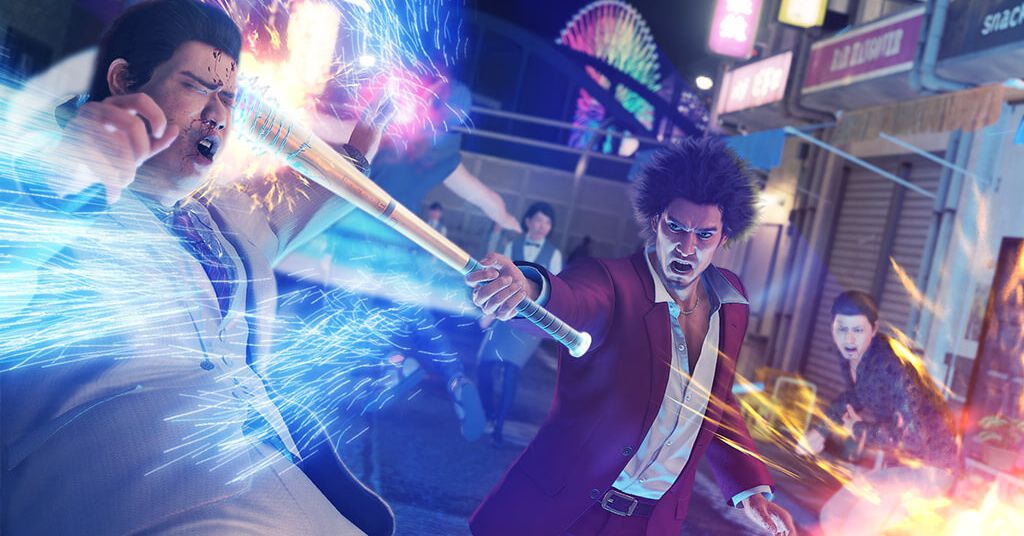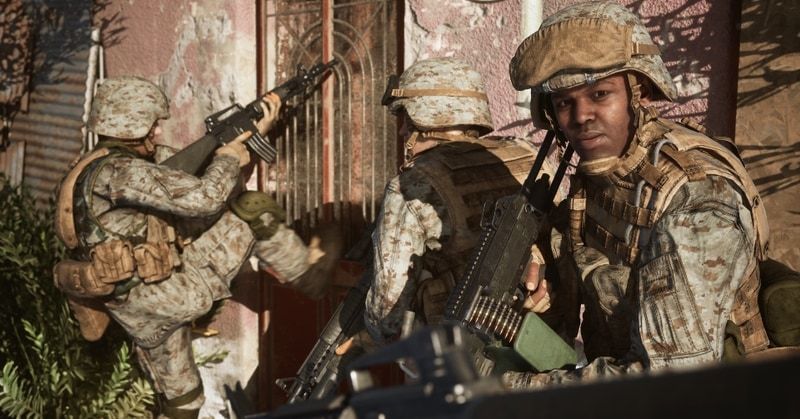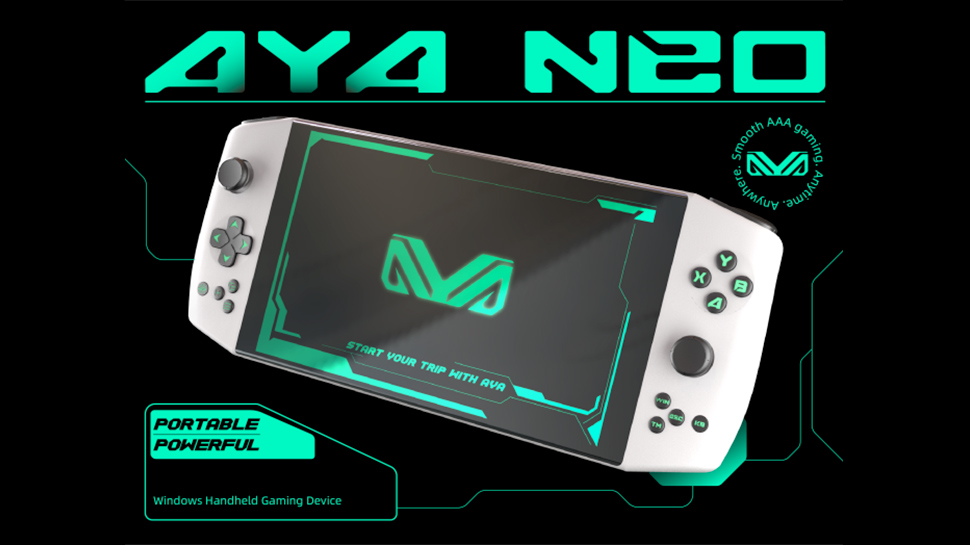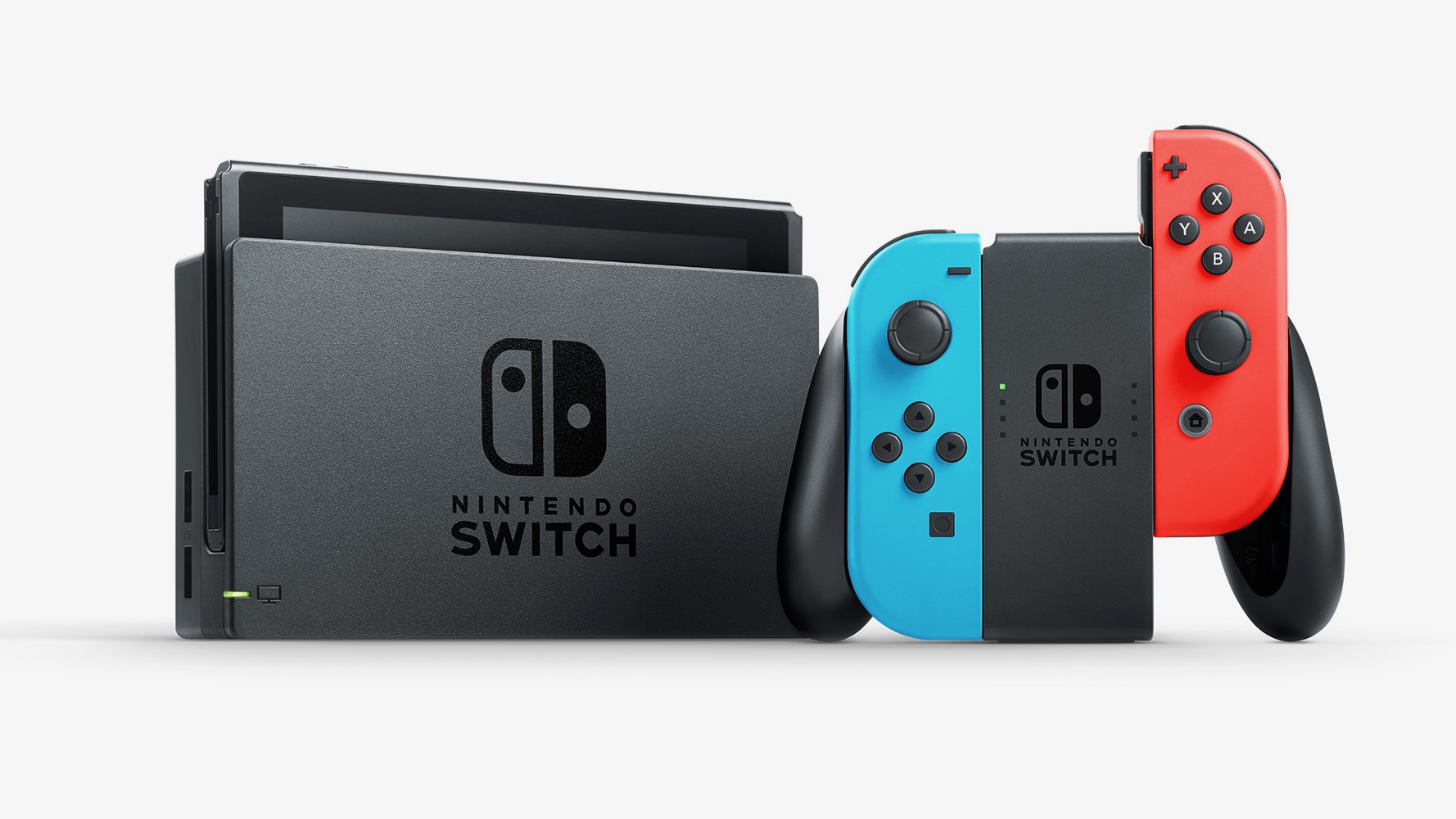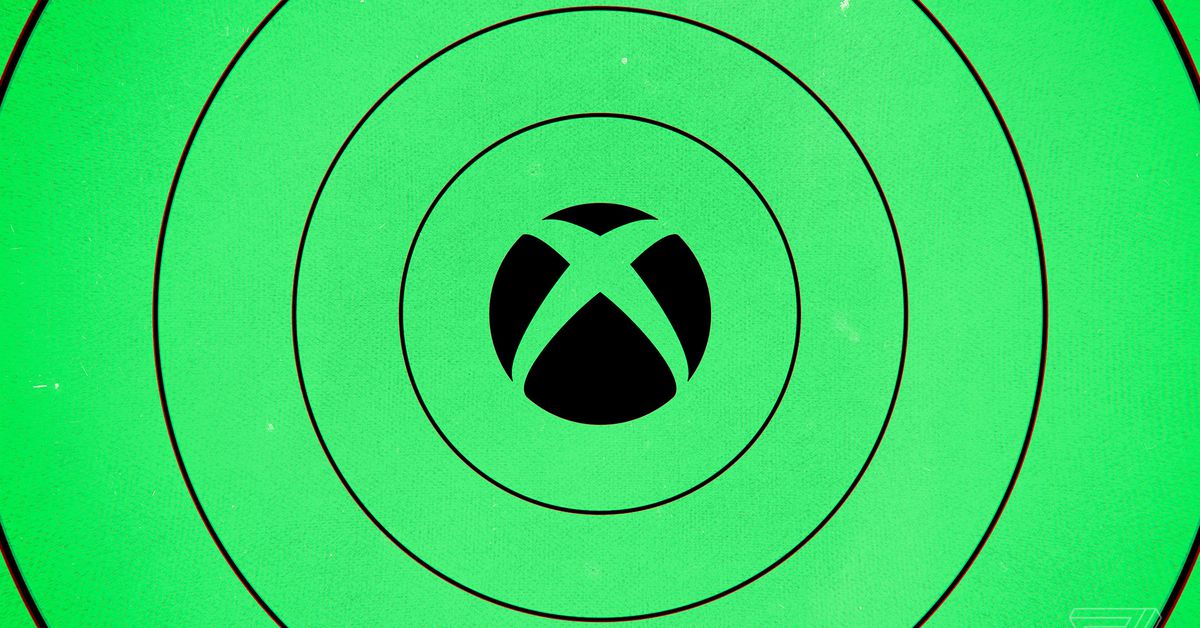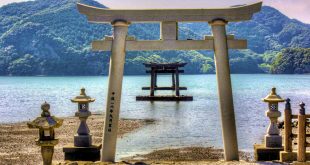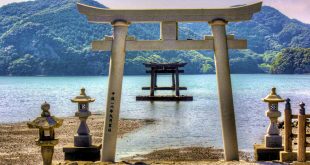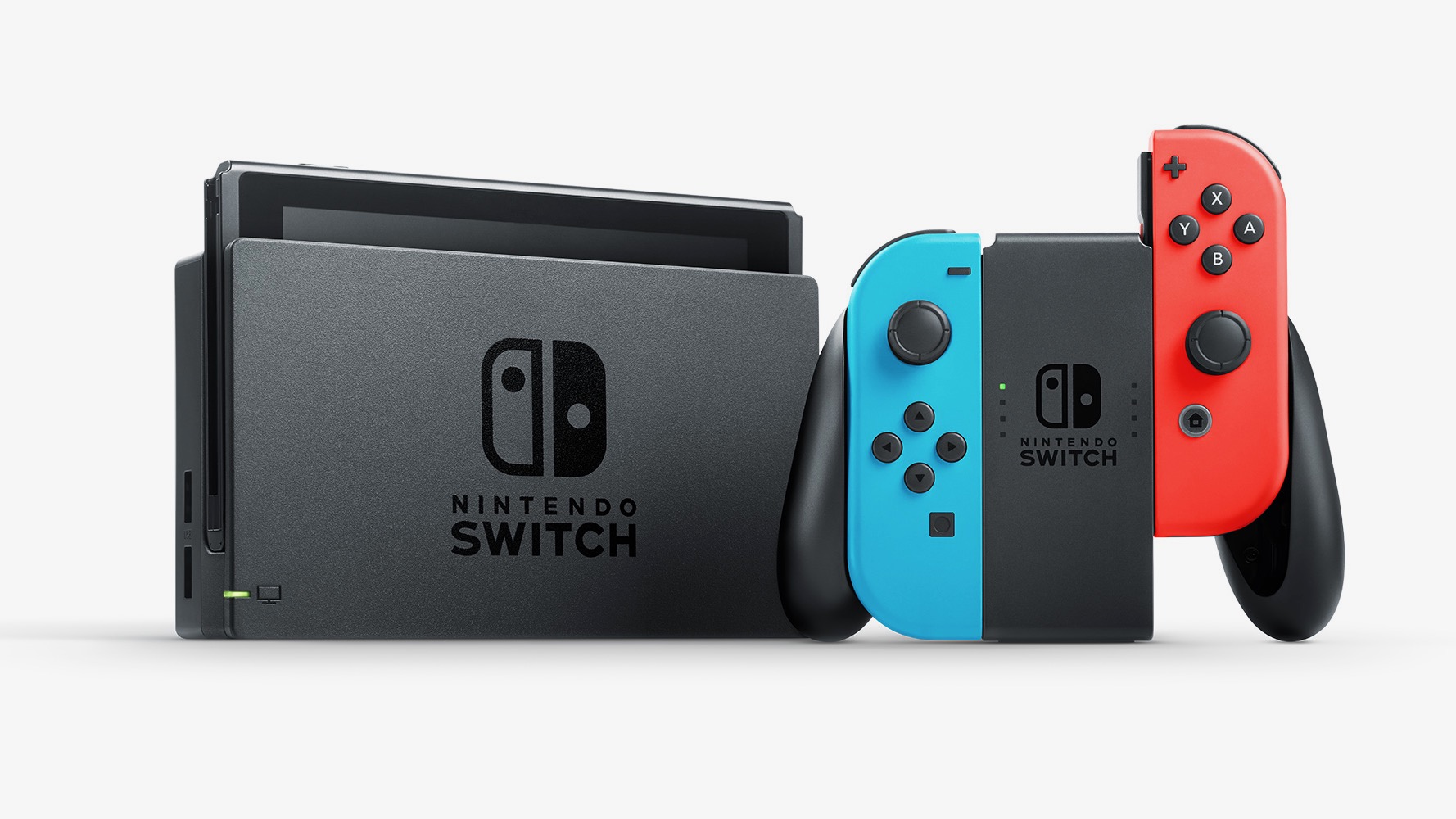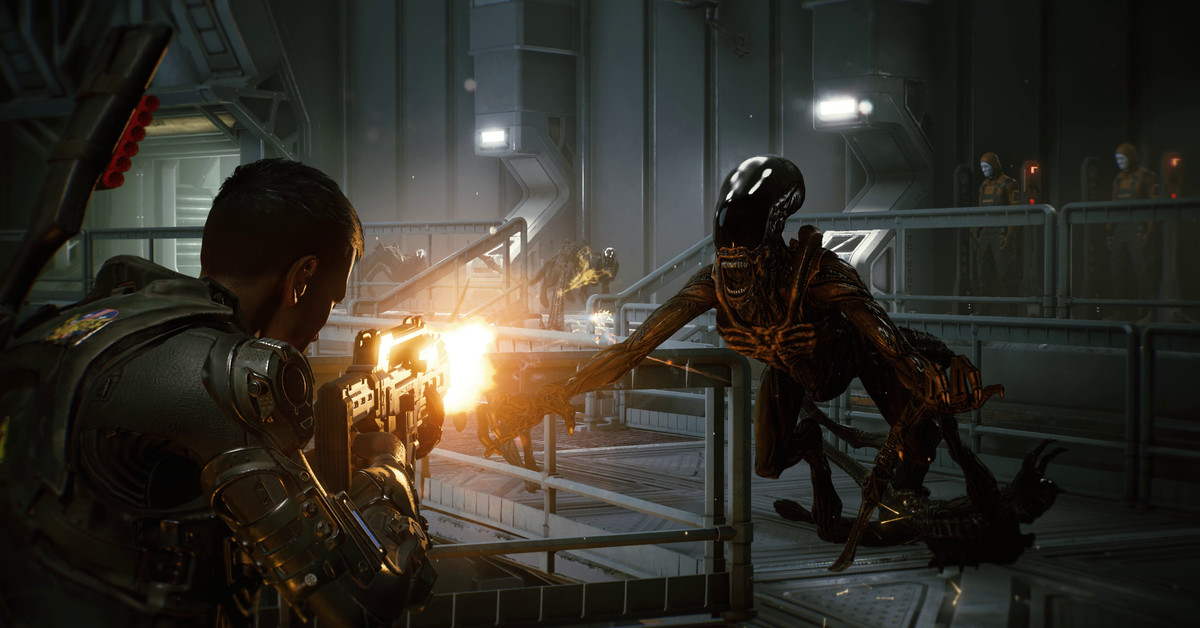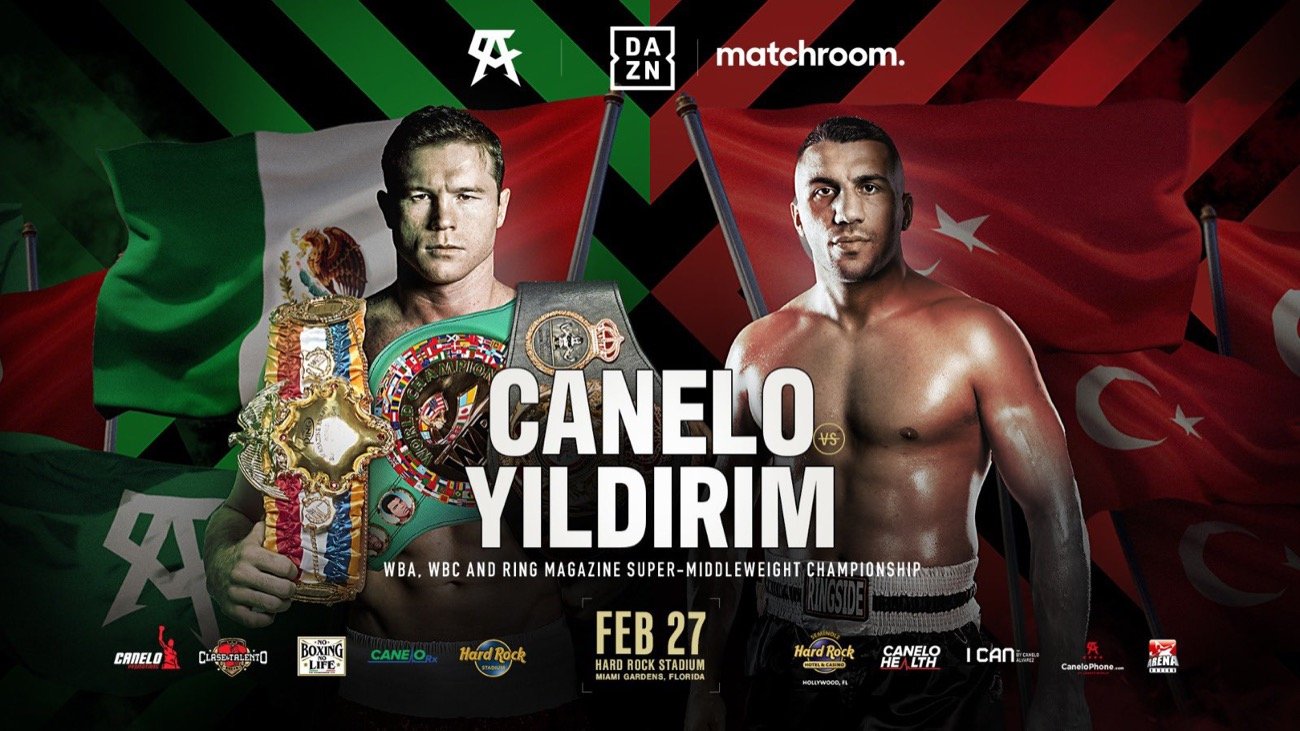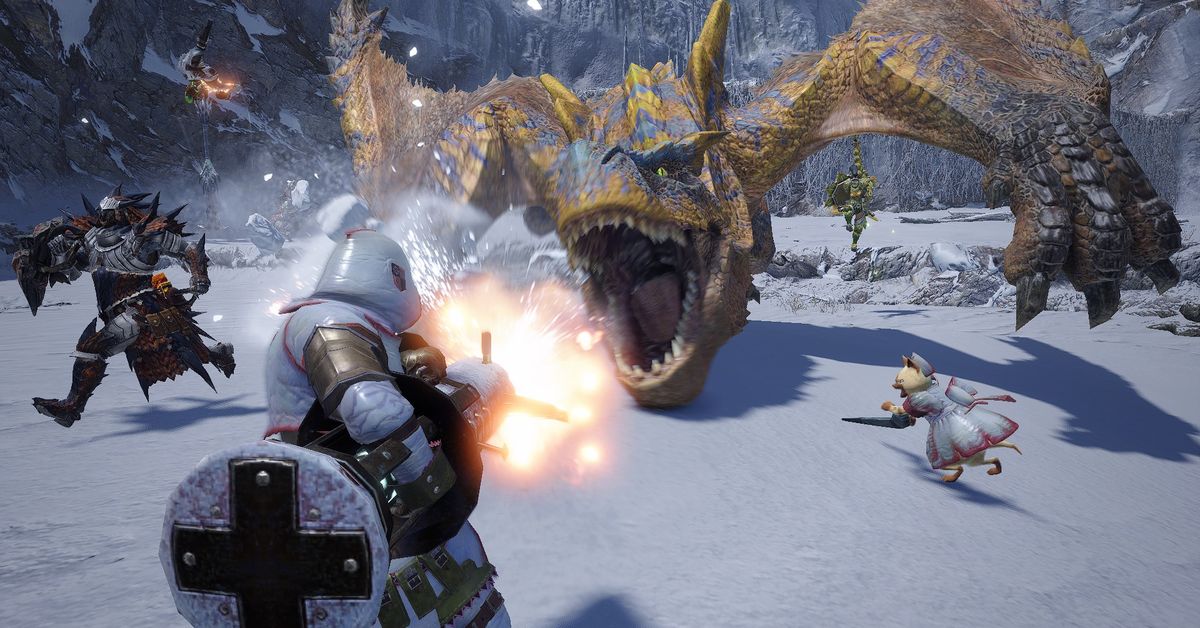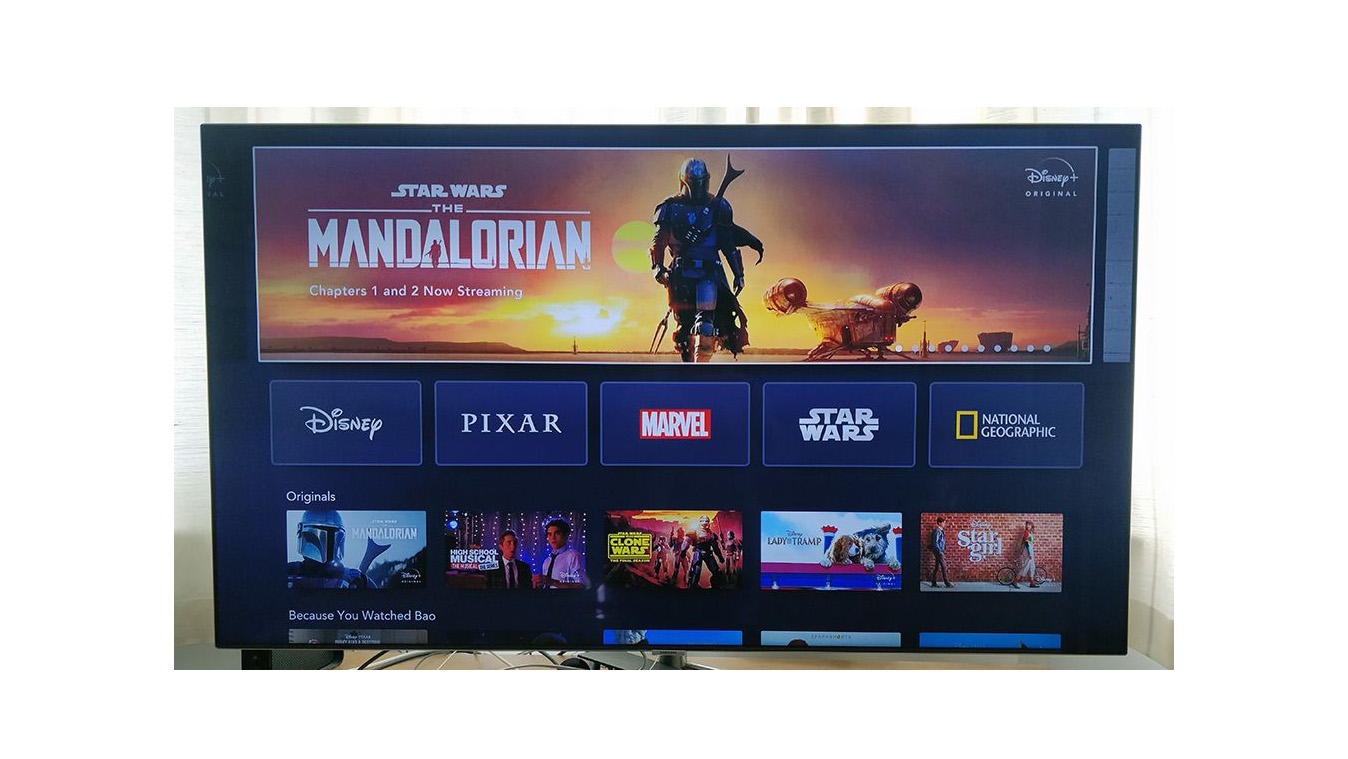A long, spoiler-filled chat
Yakuza: Like a Dragon is a bold shift for Sega’s long-running series, doing away with beloved protagonist Kazuma Kiryu and shifting to turn-based RPG-style combat. In Kiryu’s place is the wild-haired Ichiban Kasuga, who finds himself homeless in Yokohama after doing 18 years’ hard time for a murder he didn’t commit.
The PlayStation 5 version of Like a Dragon was just released last week, a few months after the PS4, Xbox One, PC, and next-gen Xbox versions. Since then, I’ve played several dozens of hours of Like a Dragon on the Xbox Series X, and it’s become one of my favorite games in the series.
I took the opportunity to ask Masayoshi Yokoyama, Sega’s chief producer and writer on the game, some questions about how the team approached Kasuga as a character and his story from beginning to end.
Warning — there are some pretty heavy spoilers toward the end of this interview.
First, I’d like to ask about Kasuga himself. How involved were you with the character creation process? What were the principles for the character you kept in mind when writing for him?
Basically, I have been in charge of the character settings (such as personalities, speech mannerisms, and the backbone of their action principles) for the main characters that appear in the main story since the first game.
The character, Ichiban Kasuga, was originally born during the development of Ryu Ga Gotoku Online, which is a mobile app title being serviced in Japan.
At the time, we just finished the development of Yakuza 6 and were ideating on a new protagonist to take Kiryu’s place. That’s when we decided on taking apart the indestructible hero image and creating a more “real-world hero.”
Kazuma Kiryu’s personality is representative of characters that appear in “Ninkyo” films, which is a genre of Japanese mafia films that have been around from back in the day. He is generally reserved, stoic, and self-sacrificing, but stronger than anybody and prefers to act alone. In a way, his character embodies qualities that Japanese boys and men would look up to.
Kasuga, on the other hand, was created with the intention of being more “relatable” rather than “admired.” I wanted to create a character whose words and actions would emotionally move us, and someone that you’d want to cheer for and fight alongside.
Since the aforementioned Ryu Ga Gotoku Online was a card battle game in which players form decks with their friends to fight against enemies, I wanted to depict the strength of a “leader” rather than the strength of an “individual,” which became the origin of my idea.
After that, I compiled all of Ichiban Kasuga’s origin and life story into a document and presented to executive director [Toshihiro] Nagoshi and my team members. This led to talks of potentially using this character for the next console game and then eventually became official for Yakuza: Like a Dragon.
Was there a conscious effort to make him different to Kiryu? What do you think the two characters have in common?
For those that have played both Yakuza and Yakuza: Like a Dragon, you may have noticed that Kazuma Kiryu and Ichiban Kasuga lead a similar path.
Both had a difficult childhood without the love of their immediate family, then felt extreme gratitude and admiration for the ones that took care of them. Unable to suppress these emotions, both set out on the path of yakuza. Right when they’re about to become full-fledged yakuza, they both go to prison for a crime neither committed. What awaited them after their long sentence was an unimaginably cruel reality… This general flow is exactly the same for both of them.
However, just because the two characters’ personalities differ so much, the same general plotline gives off a totally different feel for both. Upon release from prison, Kiryu goes straight to find his mentor Kazama. While Kasuga also tries to find his mentor, Arakawa, before he sets out to do so, he decides to clean himself a bit first and stops by the hair salon to get a botched perm. Both characters follow the same path, but vastly differ in their portrayal.
I actually haven’t had too much difficulty depicting each of the characters. For Yakuza: Like a Dragon, I set out to write the story after fleshing out Ichiban Kasuga as a human being, so while writing, I even surprised myself at times how different these characters acted within very similar circumstances.
Which came first: the idea to make Kasuga an RPG obsessive, or the decision to shift Like a Dragon to RPG-style turn-based combat?
The decision to shift to RPG came first. The character setting that Kasuga loves RPGs came after.
As previously mentioned above, the concept was “to create a new relatable hero,” so we chose the most optimal game system (a party system) that would make Ichiban Kasuga’s story interesting. We wouldn’t have made the same decision for Kiryu, who fights with only his own power.
One of my beliefs in creating games is to “value the core of play.” This involves deciding what the game is supposed to entertain, and then assigning the various components to the right places accordingly.
The story is the core element of the Yakuza series. This game was made to enjoy the story, and the other elements such as the city used as the setting, music, mini-games, and battle action are all there to elevate the story experience.
For Yakuza: Like a Dragon, the most optimal way for players to experience the story and show the battles of Ichiban Kasuga and his friends that gathered around him was the RPG style. So, upon deciding the RPG genre, there were then a few questions that we had to address, such as: How will we make Kasuga relate to the “hero” job class? What is the logic behind the exchanges during these battles within Kasuga’s mind? One way we addressed these was to make Kasuga an RPG enthusiast.
The character’s personalities are often expressed in their combat moves — was there discussion between the writing and gameplay teams on specific abilities that would be funny or appropriate?
Here at Ryu Ga Gotoku Studio, there isn’t much of a clear distinction between the writing and game design teams. I started out in what we call in Japan as a “planning position” (game designer), and I’m now kind of like the boss of the whole planning team [laughs]. All the other writers on the team are selected from among the current planning staff based on their writing skills and put on different projects.
Basically, the game designing and narrative writing are not compartmentalized, so our planning crew meetings always have the mini-game designers, battle action staff, and writers in attendance. Even the voice recording is supervised by the person in charge of each part of the game.
That’s the overall gist of things, so even for anything minor, we discuss and make decisions as a whole team. Ideas are always flowing, but since we value the energy and momentum over the precision of an idea, so we do end up axing a lot of them [laughs].
I don’t know if this is the same for everyone, but Like a Dragon took me a lot longer to finish than other games in the series. This is probably because of the slower-paced combat, but did the longer running time affect your approach to story writing and pacing?
The volume and length of the story is actually not that different from the past games in the series. So, it didn’t affect the story writing and pacing all that much. We look to the general volume of a 10-episode Japanese drama series when creating the Yakuza series.
For this game, I think the reason for the longer playtime was because of the shift to RPG, requiring more time to level up.
The accelerating the battle tempo was something we worked on until the very end of development. We also continued to make adjustments to the time it takes to level up, but the game is designed so it will become difficult to beat the stronger bosses unless you change jobs and collect materials for better weapons.
For those players that are playing this game in the same way you played through the past ones, it might feel a bit longer, but we went with this kind of balancing because we wanted players to discover the fun sights of the city while leveling up their party, instead of simply grinding to level up.
The Yakuza series has a really unique blend of serious and light-hearted subject matter. How do you balance those aspects when writing and make sure everything feels appropriate for the series?
As touched upon earlier, I think the greatest strength of our team is that the narrative, game design, character design, animation, and sound creation staff all have a deep understanding of what the “core” is.
The reason for this isn’t simply how long we’ve known each other or how well we get along. I think that each and every staff member loves Ryu Ga Gotoku (Yakuza) and I think that’s the biggest reason. I personally am in charge of story writing and also am the chief producer and have a hand in ideating and executing on some marketing and PR initiatives, but every decision I make is based on how to reflect the content of the game in any kind of promotion or campaign, and how to make the game itself more interesting.
All staff members that are involved with the game, including those working within the game and outside of the game, such as the sales team, advertising team, and marketing team, are working hard to increase the produce value of the game, so everyone’s accumulated effort is maybe what creates this great balance.
In a past game, someone on the advertising team even wrote and implemented an original story scenario for a real company that appeared in Kamurocho that he was the point person for [laughs], so as you can kind of see what kind of team Ryu Ga Gotoku Studio is.
This is the first Yakuza game where you’re accompanied by a party of characters for almost the entire running time, and they all have their own motivations. Was that a challenge compared to previous Yakuza games, where the focus tends to be on the current protagonist?
In the past, when creating games like Yakuza 0, which depicted the past of Yakuza, and other remake titles, I would dig deeper into the characters other than the protagonist, so this wasn’t so much of a challenge for me.
I think Arakawa is probably the most pivotal character in the game. The intro does a good job of making him a sympathetic character before setting him up as the villain, and then he’s revealed to have been on the Tojo Clan’s side all along, before meeting a tragic end. How early on in the writing process was his role decided, and was he always intended to have an arc that spanned most of the game’s story?
This was something that was decided at the start of writing the first chapter. When creating the intro scene of the game, my determination was that “I’m going to depict the life of this man, Masumi Arakawa,” so the game started out on that scene.
The Han Joon-gi twist was particularly unexpected for me given how he died in Yakuza 6. What was the thought behind (sort of) bringing him back as Kim Yeonsu?
This was actually something that was decided around the time I started thinking of Ichiban Kasuga’s story. There wasn’t too much deliberation behind this decision, but my personal thought was that if the Jingweon Mafia were to make an appearance, then Han Joon-gi has to be there, too. In addition, I feel like the Jingweon Mafia would do something like that. Sorry for surprising you [laughs].
Of course, the biggest reveal of the game is the return of Kiryu, although his role is quite minor. Were you planning from the beginning to include him in Like a Dragon, considering how Yakuza 6 seemingly drew a line under his storyline?
This wasn’t decided in the early stages of planning the story. When the main themes of the game were decided to be about the dualities of the front and back — the hypocrisy and justice, the superficiality and the truth of Japanese society — I thought it was impossible not to have him appear in the episode of the underworld, so we decided that he would make an appearance.
I have the same question for Goro Majima, who seems to appear in every Yakuza game to varying degrees now. In Like a Dragon, he’s a difficult boss fight but doesn’t otherwise have a big role in the story — how did you approach his inclusion?
The reason why we decided that he’d make an appearance is the same as for Kazuma Kiryu. However, the big difference is that we cut all ties to the past. This game is unwaveringly seen from Ichiban Kasuga’s perspective, so we got rid of any information or connections that Kasuga has no need of knowing.
This is the beginning of the tale of Ichiban Kasuga, and not a continuation of the Kazuma Kiryu story.
We wanted those players that started the series with Like a Dragon to have the same amount of knowledge and emotions as Kasuga when interacting with Majima and other characters from the past series, so we didn’t include any unnecessarily deep interactions.
I’m sure you can’t say anything specific about potential future games, but I thought it was interesting how Like A Dragon finished on an open-ended note, with Kasuga deciding his friends are what’s most important to him. Is there a direction you’d like to take the character in the future?
I think that Yakuza: Like a Dragon is only the first chapter of Ichiba Kasuga’s life. Since he was in prison for 18 years, he has only just begun his life as an adult man. I’m sure there’s probably many trials and tribulations that await him.
Even Kazuma Kiryu, who was said to be the strongest, had his life turned upside down with his encounter with a little girl. As Kasuga starts out his new life, he will surely encounter challenges that he cannot solve through violence or brute force.
I develop each game with the intention of creating a life of a single person. I’m not sure if I’ll continue to write Ichiban Kasuga’s life or not, but I can totally imagine him in deep trouble somewhere on the face of this Earth [laughs].
